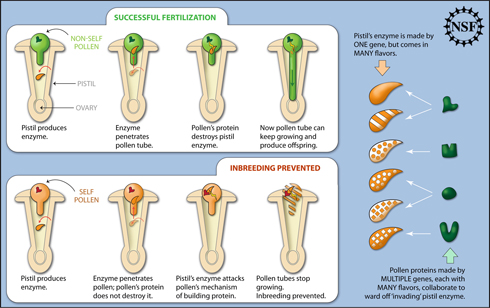UCLA Uses Hybrid, Precision Heart Procedures to Help Stop Deadly Arrhythmias

Hybrid Cardiac Procedure. Schematic of the heart showing the minimally-invasive approaches to allow access to the surface of the heart (the blue and red areas) during this hybrid cardiac procedure. Image credit: University of California
New techniques now being used at UCLA allow doctors to more precisely target certain areas of the heart to stop ventricular arrhythmias — serious abnormal rhythms in the heart’s lower chambers — in high-risk patients.
Generally, arrhythmias can be controlled by medications, and sometimes defibrillators. But a potentially life-threatening, recurrent arrhythmia known as a ventricular tachycardia, which originates in one of the heart’s two ventricles, can produce a fast heart beat that requires other interventions, such as catheter ablation, in which the precise focus area of the arrhythmia must be controlled.
Cardiologists will often use catheter ablation once medications and other therapies have failed. The procedure involves the insertion of a tiny, metal-tipped catheter through a vein in the groin or neck to reach the inside of the heart. Prior to the procedure, electrical tests are conducted on the heart to identify and map the exact site of the arrhythmia’s origin. (more…)





